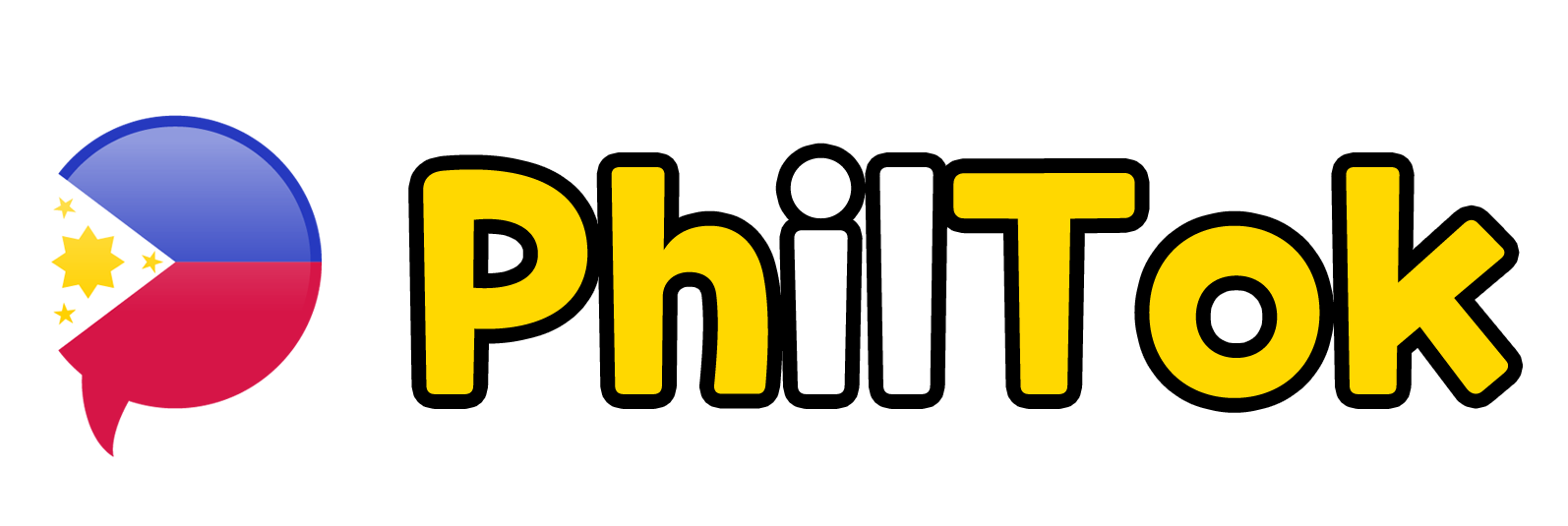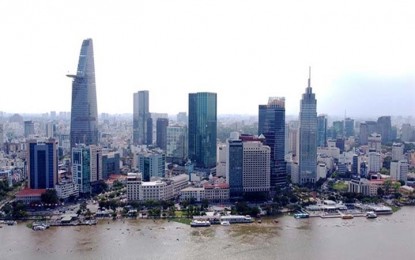[12.3] 호치민시, 2030년까지 동남아시아 경제 허브로 주목
컨텐츠 정보
- 16,639 조회
본문
HÀ NỘI – 정치국은 금요일 하노이가 2030년까지 디지털화에서 국가를 이끌고 동남아시아의 경제 허브가 되는 것을 목표로 하는 결의안을 발표했습니다.
"Nguyễn Phú Trọng" 당 총서기가 주재한 회의에서 정치국은 2010-2020년 기간의 개발 목표 실행을 검토하고 2045년 비전과 함께 2030년을 위한 새로운 목표를 설정했습니다.
2010년부터 2020년까지 호치민시의 경제는 2.7배 확장되었고 GRDP(Gross Regional Development Product)는 2배가 되었습니다. 이 도시는 과학 기술 응용을 기반으로 한 개발로 성장 모델을 계속해서 개혁했습니다. 첨단산업과 서비스업, 농업을 중심으로 한 경제구조 전환도 순조로웠다.
연간 주 예산 징수도 계획보다 많았습니다.
또한 과학, 기술, 교육훈련, 보건, 문화, 스포츠 등 다른 분야에서도 긍정적인 성과를 거두고 사회복지를 보장하고 사람들의 삶의 질을 향상시켰습니다.
긍정적인 결과에도 불구하고 정치국은 낮은 경쟁력, 이전 기간에 비해 경제성장 둔화, 투자 환경 개선이 더디고 1인당 소득 목표 미달 등 한계도 지적했다.
새로 승인된 결의안에 따라 호치민시는 2030년까지 현대 도시가 되어 8년 만에 디지털화와 동남아시아의 경제, 금융, 무역, 과학 및 기술 및 문화 허브에서 국가를 선도할 것입니다. 아시아의 경제, 금융, 서비스 허브, 글로벌 여행지, 세계 주요 도시로 거듭날 것입니다.
또한 신속하고 지속 가능한 경제 발전을 달성하여 생산성과 국제 경쟁력을 향상시키는 동시에 지역 개발을 위한 연계성을 강화하는 것을 목표로 했습니다.
또한 호치민시는 인프라 건설과 관련된 프로그램을 가속화하고 계획의 질을 향상시키면서 지속 가능한 개발과 기후 변화 적응을 보장할 것으로 기대된다.
도시는 또한 문화, 사회, 교육 및 훈련, 사람들의 건강 및 삶의 질에 주의를 기울이면서 모든 자원을 효과적으로 동원 및 사용하고 도시의 신속하고 지속 가능한 발전을 위한 잠재력과 이점을 활용해야 합니다.
교외 지구에 대한 업그레이드 없음
호치민시 인민위원회는 향후 인프라 개발을 위한 토지 수집에 장애물이 될 수 있는 토지 가격 인상으로 이어질 수 있다고 주장하며 교외 지역에 도시 지역으로의 업그레이드 요청을 제출하지 말 것을 요청했습니다.
지난 2년 동안 "Củ Chi", "Bình Chánh", "Cần Giờ", "Nhà Bè" 및 "Hóc Môn"의 5개 지구가 2030년 이전에 도시가 될 것을 제안했습니다.
호치민시는 올해 10월 현재 인구 890만 명, 면적 2,060제곱미터가 넘는다. 그것은 도시(Thủ Đức)가 된 1개 구역, 16개 도시 구역 및 5개 교외 구역을 포함하여 22개 구역이 있는 곳입니다. (VNS)
This is the Original Article from PNA NEWS
[12.3] Hồ Chí Minh City eyed as Southeast Asia’s economic hub by 2030
HÀ NỘI – The Politburo on Friday issued a resolution setting a goal that tasks Hanoi to lead the country in digitalization and to become the economic hub of Southeast Asia by 2030.
At the meeting chaired by Party General Secretary "Nguyễn Phú Trọng," the Politburo reviewed the implementation of development goals in the 2010-2020 period and set new goals for 2030 with a vision to 2045.
From 2010 to 2020, HCM City’s economy expanded 2.7 times while its GRDP (Gross Regional Development Product) doubled. The city continued to reform its growth model, with the development based on science and technology applications. Its economic structure shift was also on the right track as it focused on high-tech industry, services, and agriculture.
The annual state budget collection was also higher than planned.
The city also witnessed positive achievements in other fields, including science, technology, education and training, health, culture, and sports, while ensuring social welfare and improving people’s quality of life.
Despite positive results, Politburo also pointed out limitations, including low competitiveness, slowed economic growth compared to the previous period, the investment environment remains slow to improve, and the per capita income goal being unmet.
Under the newly approved resolution, it tapped HCM City to become a modern city by 2030, leading the country in digitalization and an economic, financial, trade, science and technology and cultural hub of Southeast Asia in eight years. It will become an economic, financial, and service hub of Asia, a global destination and among major cities in the world.
It also aimed to achieve rapid and sustainable economic development, improving productivity and international competitiveness while strengthening linkages for regional development.
Also, HCM City is expected to accelerate programs related to the construction of infrastructure and improve the quality of planning while ensuring sustainable development and adaptation to climate change.
The city must also effectively mobilise and use all resources, tap the potentials and advantages for the city to develop quickly and sustainably while paying attention to culture, society, education and training, people's health and quality of life.
No upgrades for suburban districts
HCM City’s People’s Committee has requested its suburban districts not to file a request to upgrade into urban districts claiming that this might lead to hiking land prices that would create hurdles in collecting lands to develop infrastructure in the future.
In the last two years, five districts -- "Củ Chi," "Bình Chánh," "Cần Giờ, "Nhà Bè" and "Hóc Môn" proposed to become cities before 2030.
HCM City covers an area of more than 2,060 sq metres with a population of 8.9 million people as of October this year. It is home to 22 districts including one that has become a city (Thủ Đức), 16 urban districts and five suburban districts. (VNS)
관련자료
-
이전
-
다음


